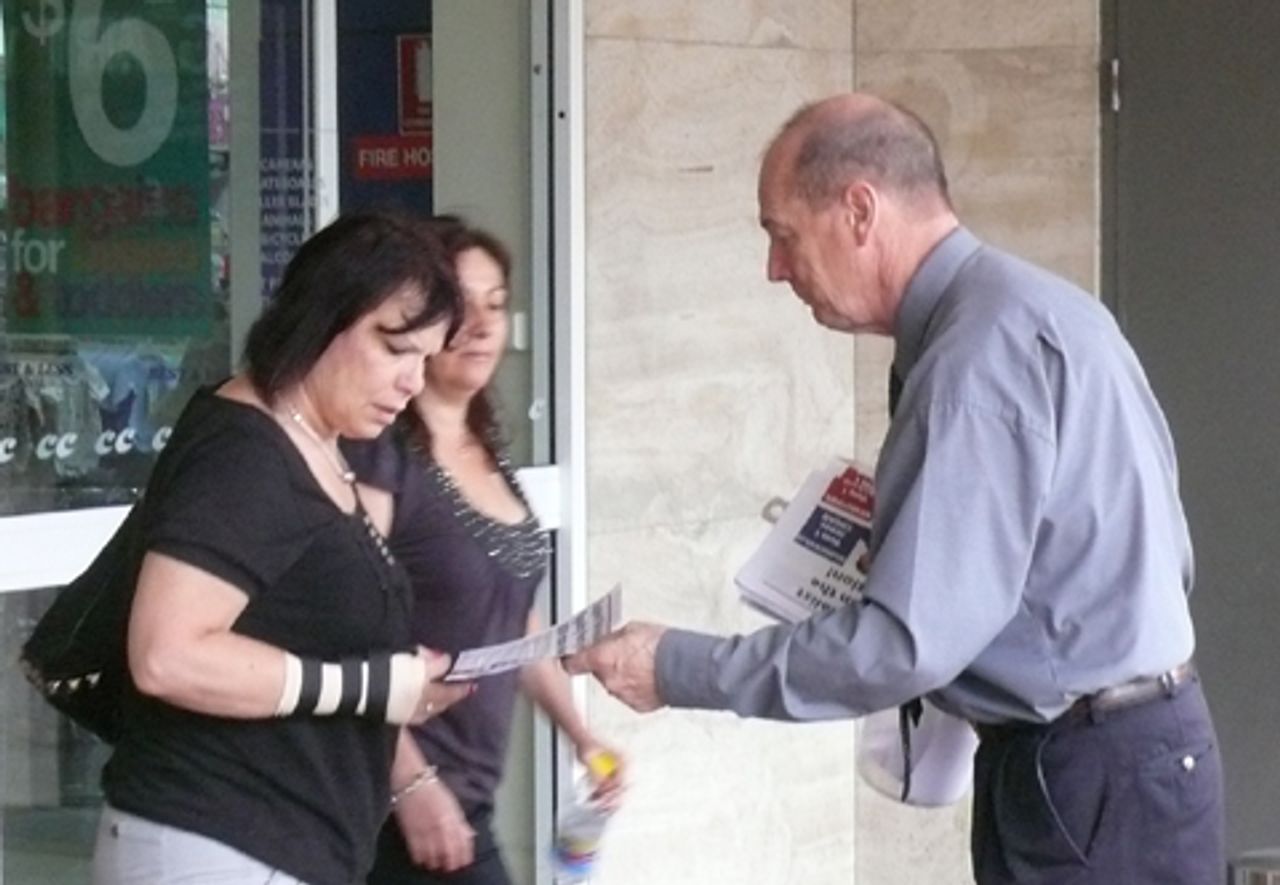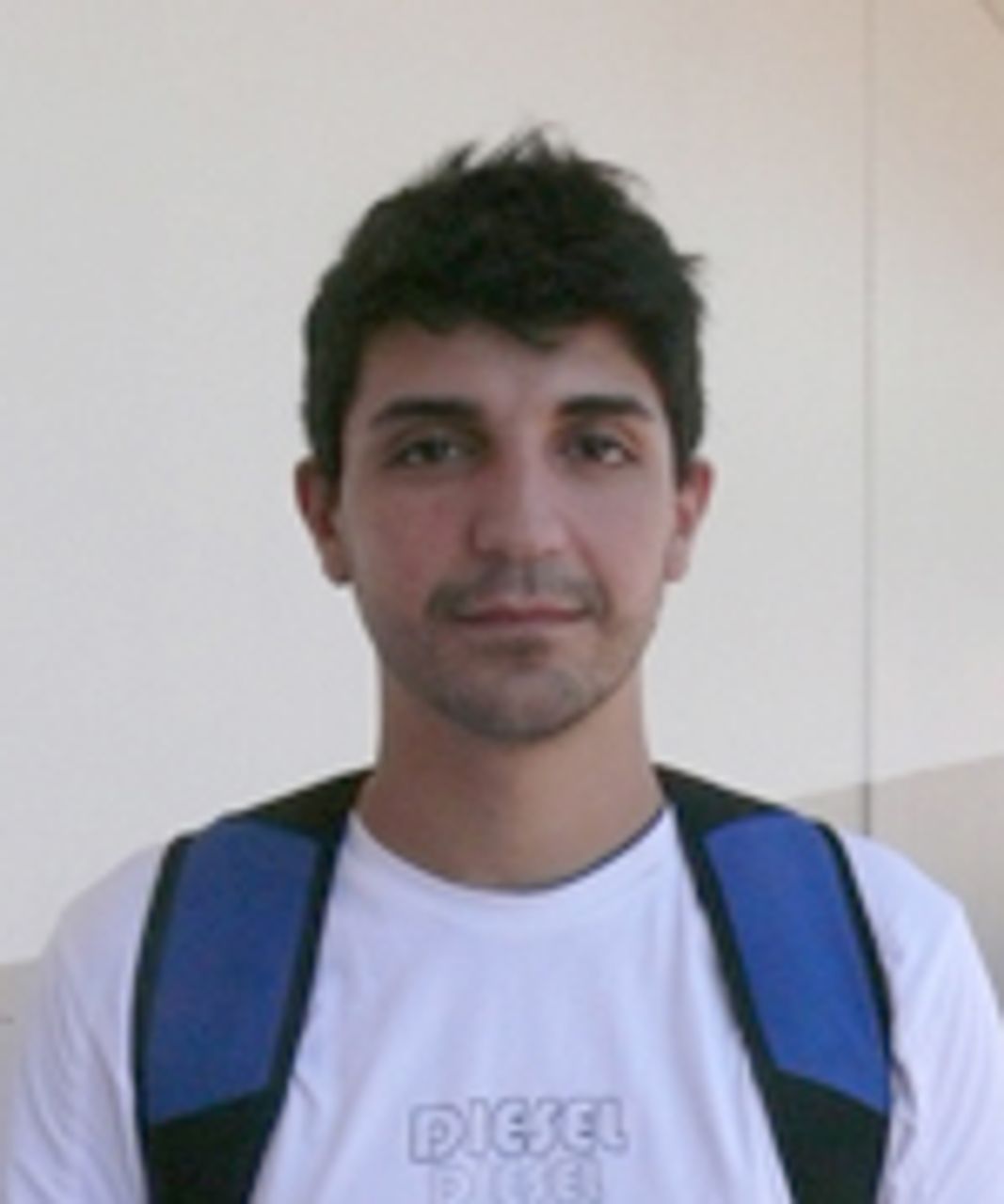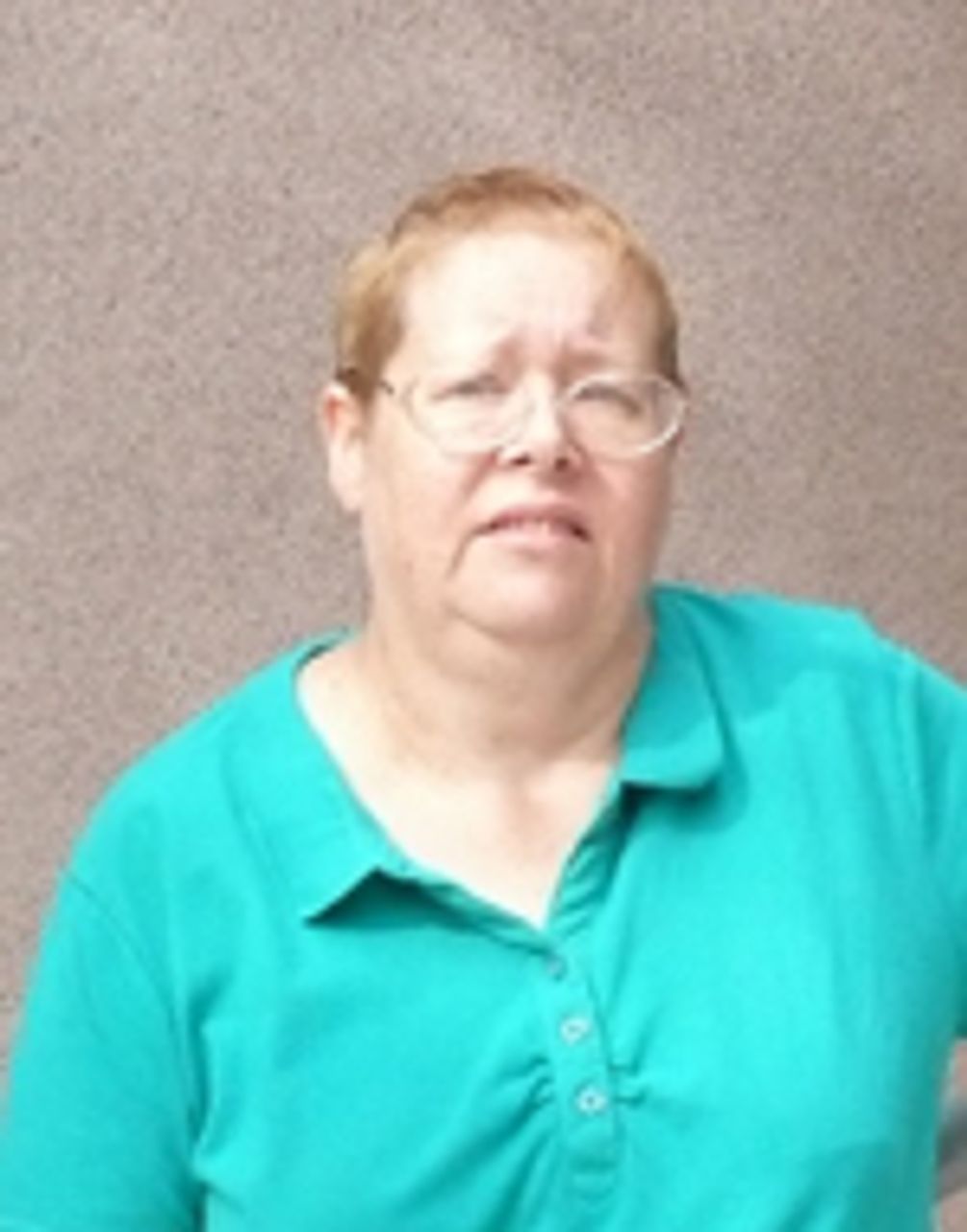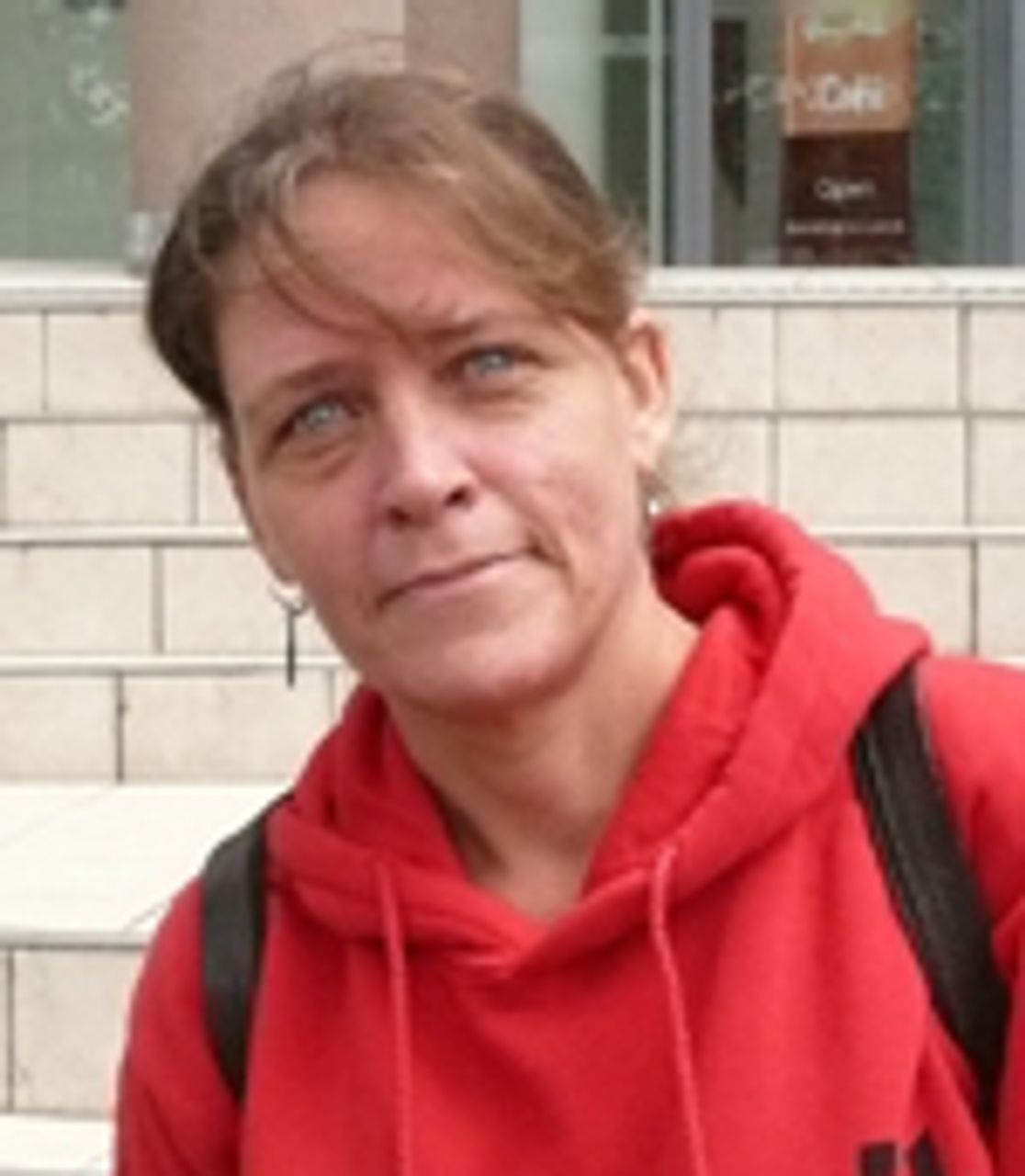While state and federal governments insist that Australia “avoided” the global financial crisis, youth unemployment—a clear measure of the overall state of society—is at record levels and rising. According to last year’s Australian Bureau of Statistics Labour Force Survey, the official unemployment rate for 15- to 19-year-olds is 16.0 percent, nearly three times higher than the rate across the entire population. At the same time, youth workforce participation rates have declined—from 60 percent in January 2008 to 56.6 percent in 2010.
The highest levels of youth unemployment are concentrated in working class regions, where Labor and Liberal governments—state and federal alike—have presided over the systematic destruction of manufacturing jobs during the past three decades. Unemployment rates for 15- to 19-year olds in these areas are well over 30 percent and, according to the most recent census, more than 30,000 youth under 25 are homeless on any given night.
These alarming figures have been totally ignored by the state parliamentary parties during the New South Wales (NSW) election. Absent from the wall-to-wall media coverage and the numerous televised debates between state Labor Premier Kristina Keneally and Liberal leader Barry O’Farrell is any mention of youth unemployment and the consequent poverty and associated social problems. Instead, there has been a deathly silence on the issue.
 Richard Phillips campaigning in Bankstown
Richard Phillips campaigning in BankstownThe state seat of Bankstown in Sydney’s southwest, where the Socialist Equality Party is standing Richard Phillips in the March 26 ballot, is a microcosm of the social disaster facing working-class youth throughout NSW and Australia.
The official unemployment rate in Bankstown, a culturally diverse area with large numbers of Middle Eastern and Vietnamese residents, is 8.6 percent, almost 3 percent higher than the Australian average. Some 46 percent of 15- to 25-year-olds are jobless.
While poverty rates have always been high in Sydney’s west, the weekly household income in Bankstown is among the lowest in urban Australia. Recent figures indicate that more than 30 percent of families in the area attempt to survive on less than $650 per week, with rents constantly rising and mortgage stress widespread. During 2007-8, more than 300, or almost one per day, defaulted on their housing loans in the electorate.
Marcus Constable, 25, recently completed first-year political science at the Bankstown TAFE College and still lives with his mother. He explained their impoverished circumstances to the World Socialist Web Site.
“I live with my mum who has a casual packing job at Bass Hill at the moment,” he said. “We live off her income but we don’t live affluently. We have enough to pay the bills and the internet. We always aim to eat less so that we have a little bit of extra money if we go through one of those weeks with extra bills.”
“My mum works four nights a week, but the company can just drop her shifts whenever they want, so on the weeks that happens we eat lentils,” he said. Constable’s mother earns about $760 a fortnight, with additional assistance of $100-$200 from Centrelink, the federal government welfare agency.
Like the thousands of other youth in Bankstown, Marcus had no confidence in Labor, pointing out that the election of the Rudd government in 2007 had resolved nothing for him.
“Centrelink under Howard was very hostile,” he said. “They tried to physically push people off their benefits. I was on a disability support pension because I have chronic pain and can’t do certain jobs, like heavy lifting. But they didn’t really care that I couldn’t physically do the job—I was just ticked off the quota. When the Rudd government came in, nothing changed. It was still very hostile; it is ‘Do this, or you lose your benefits’.”
“The problem is that Labor, compared to how it originally started with the trade unions, has now become more and more centred to the right. It’s frustrating that we don’t really have a big variance. Voters don’t have any choice really,” he said.
Constable said that corporate interests dictated the political agenda and added: “They’re talking about government transparency, but why isn’t Gillard coming out to tell us what she discussed with Rupert Murdoch [during her recent US trip]? Why is that meeting secret? What sort of influence does he have on our political proceedings?”
 Hassan Salhab
Hassan SalhabHassan Salhab, who recently completed Year 12 but is now unemployed, told the World Socialist Web Site that the lack of job opportunities for young people was creating mental stress within families.
“Most of my friends are finding it difficult to get work. So they’ve been trying to go through TAFE and other education courses, but when they finish they still find it’s hard to get a job,” he said. “Increased electricity prices and taxes mean that parents need students to pay money for rent and this creates stress. There’s also the added pressure on the students to help out their parents, and when there’s extra bills this causes more stress. I’ve had lots more bickering in my own house because of it…There’s a lot of pressure.”
The federal Labor government has reacted to these problems by imposing even more stringent restrictions on those youth attempting to access its so-called Youth Allowance—a miserable $212 a fortnight if they live at home. Under its punitive “Learn or Earn” program, announced in 2009, young people who have not completed Year 12 must be in full-time work or in some form of education or they lose the allowance. The NSW state Labor government supplements these measures, not by providing jobs and adequate social services in working class districts, but by systematically boosting police numbers and bolstering police powers specifically aimed at targetting youth.
While recent figures are difficult to obtain, in 2008 less than half of the students who left high school without matriculating that year were able to find full-time work. And for those who went on to tertiary studies the situation is also grim. The Australian Vice Chancellor’s Committee noted in 2007 that 70.6 percent of full-time undergraduates were forced to work an average 14.8 hours per week during semesters and that many lived in poverty. Approximately one-in-eight went without a meal on a regular basis.
 Sharon Matthews
Sharon MatthewsSharon Matthews, aged 52, told the WSWS that she was very concerned about the situation facing young people. “Where are young people going to work?” she asked. “Employers want young people with my experience—you know, 30 years of experience—and then they want to pay them nothing.”
Matthews, who has a disability and cannot work, has been refused a disability service pension. She was told by welfare authorities that in order to qualify she would have to work for 15 hours per week.
“I paid taxes for 30 years,” she said. “I’m not trying to rip anyone off, but I have to come in here every fortnight to look for jobs. Even if they got me a job, I would hardly even be able to get to work. It’s ridiculous!”
“The infrastructure in NSW is non-existent, in terms of roads, rails, schools and beds in hospitals,” she continued. “But I don’t think Liberal is any different to Labor. I don’t think [Liberal leader] O’Farrell will necessarily win the election based on his policies. All he’s got to do is keep his mouth shut and he’ll win. It’s not that he’ll win, it’s that Labor will lose.”
 Trisha Bolton
Trisha BoltonTrisha Bolton is a truck driver and, following the death of her daughter, is struggling to raise four grandchildren, aged between two and six. Under government welfare rules she cannot receive any childcare support because her wage is above the official $750 per week threshold.
“I would not want to be a kid now because the situation we all face is going to get even worse. I don’t want to look forward to see what young people are going to be brought up in. I’m trying my best and I give them everything I can, but come on, someone has to do something for us!”
“It’s getting to that point,” she continued, “where you just want to give up. But I can’t give up because I’ve got these four kids. I don’t want to live in Australia, but I don’t want to live anywhere because it’s the same.”
The dire situation now facing young people is the direct result of the “free market” agenda launched against the working class by the Hawke and Keating Labor governments from 1983-1996 and continued by consecutive Labor and Liberal governments with the active support of the trade unions. Along with the elimination of tens of thousands of jobs there has been a drastic increase in casual work, with young people the most affected. Since 1992, the number of 15-24 year-old workers engaged in casual work without any entitlements has increased by 58 percent.
As Socialist Equality Party’s candidates have explained throughout the election campaign, the escalating social disaster confronting young people cannot be resolved through parliament or by lodging protest votes. What is required is the development of a mass movement of the working class fighting to end the profit system itself—the source of the social disaster facing youth—and for the establishment of a genuine workers’ government based on a socialist and internationalist program. This is the only way a humane and socially progressive future for young people can be guaranteed, and the fight for this perspective lies at the very heart of the SEP’s state election campaign.
The author also recommends:
Support the Socialist Equality Party in the NSW state election!
[3 March 2011]
Authorised by N.Beams, 40 Raymond St, Bankstown, NSW 2200
